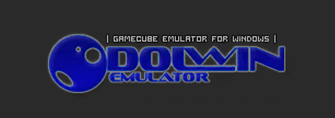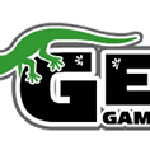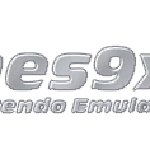Nintendo GameCube

GameCube Specifications
The Nintendo Gamecube marked Nintendo’s 5th entry into the home Video game console market. It was Nintendo’s first move into using optical media as its primary storage. However instead of using the standard full-sized disc’s, Nintendo chose to use miniDVD, excluding the console from being able to play standard DVD’s or audio CD’s due to the smaller size. This made it lack a feature its two competitors of the time, the Xbox and the Playstation 2, and that is simply to also be able to act as a DVD player. While a simple feature, it did add an extra element to a consumers decision on what console to buy, especially during a period where DVD players were costly.
The system had the ability to expand its hardware functionality via a port on the bottom of the console. This would only ever end up being used for the consoles Broardband Adapter which gave the console its network functionality, and also the Game Boy Player which allowed Game Boy games to be played on the TV with a GameCube controller.
While the GameCube was praised for having an extensive library of high-quality games, the console failed to gain the sales that its main competitors did. At the end of its lifetime, the Game Cube managed to make 21.74 million sales, falling short by 3 million sales to Microsofts newcomer, the Xbox. However both fell painfully short of the Playstation 2’s 155 million sales.
Despite the GameCube’s shortfall in sales, it still left a legacy thanks to its high quality games.
Advertisement
Dolphin successfully emulates almost every single game available on both the Nintendo Game Cube and the Nintendo Wii. It is the only Nintendo Wii emulator available and the best GameCube emulator one will be able to find, proving successful where many others fell flat.
Dolwin is the first ever GameCube emulator to be publicly released. it is open source and written in C. However sadly development stalled in 2005 and not a single new release has been seen since.
GCEmu is a extremely incomplete emulator that was more designed as a proof of concept to show what is actually achievable. Its aim was to show that emulation of the GameCube.








